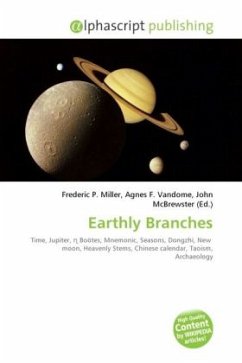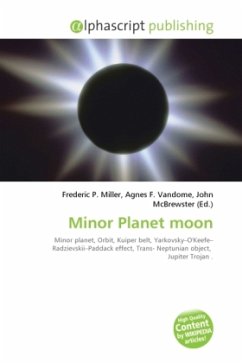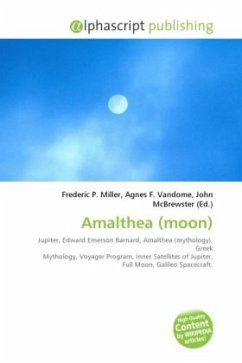The Earthly Branches provide one Chinese system for reckoning time. This system was built from observations of the orbit of Jupiter. Chinese astronomers divided the celestial circle into 12 sections to follow the orbit of Suìx ng (Jupiter, the Year Star). Astronomers rounded the orbit of Suixing to 12 years. Suixing was associated with Sheti ( Boötes) and sometimes called Sheti. In correlative thinking, the twelve years of the Jupiter cycle also identify the twelve months of the year, twelve animals (mnemonics for the system), directions, seasons, months, and Chinese hour in the form of double-hours. When a Branch is used for a double hour, the listed periods are meant. When used for an exact time of a day, it is the center of the period. For instance, (the Horse) means noon or a period from 11am to 1pm. (The jie qi system provided single hours and 15-degree arcs in time and space.) Chinese seasons are based on observations of the sun and stars. Many Chinese calendrical systems have started the new year on the first new moon after the winter solstice.
Bitte wählen Sie Ihr Anliegen aus.
Rechnungen
Retourenschein anfordern
Bestellstatus
Storno








